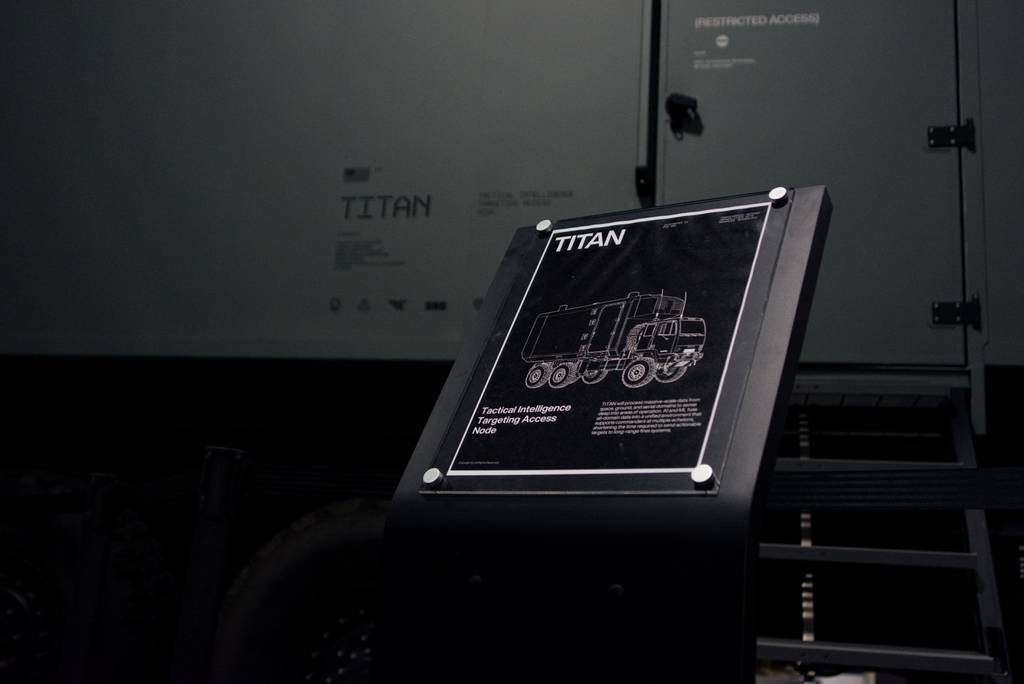
The U.S. Army selected Palantir Technologies to develop the Tactical Intelligence Targeting Access Node — a next-generation, software-centric ground system.
Under the $178 million deal, announced March 6, Denver-based Palantir will build 10 TITAN ground stations, designed to help the Army connect data-gathering sensors from across multiple domains to shooters in the field to support advanced beyond-line-of-sight targeting.
“We are thrilled to move into the next phase to deliver these revolutionary capabilities to our warfighters,” Col. Chris Anderson, the Army’s project manager for intelligence systems and analytics, said in a statement. “TITAN provides game changing technologies on how we collect, process and disseminate intelligence across the battlefield, providing us a decisive edge in supporting Multi-Domain Operations.”
The award follows a three-year design and prototyping phase that pitted Palantir’s system against one developed by RTX, formerly Raytheon. The firms’ designs were refined based on regular feedback from Army users, including a demonstration last summer that assessed technical performance and usability.
“The way that the Army has structured this has allowed them to field this type of innovative technology incredibly rapidly, but while making sure that we’re getting that feedback from soldiers to make sure that we’re on the right track,” he told C4ISRNET in a March 5 interview.
:quality(70)/cloudfront-us-east-1.images.arcpublishing.com/archetype/AQBCJAHGDZGOXF7LN3G76UHJFE.png)
That soldier input will continue over the next two years as Palantir further refines its TITAN prototype.
Palantir plans to deliver all 10 systems in that timeframe, Choung said. That includes five advanced variants, which will integrate with tactical trucks like the Family of Medium Tactical Vehicle Fleet’s M1083, and will be able to take in space sensor data.
The company will also build five basic variants that will be installed on the Army’s Joint Light Tactical Vehicle. While it won’t have the direct space downlink, the basic version will have access to data from space sensors.
Choung noted that because the systems are software-heavy and designed for modularity, the company can continue to upgrade each variant based on the Army’s needs. In its statement, the service noted that the contract covers “the integration of new technologies.”
By 2026, the Army will decide whether the capability will transition into full production. The service hasn’t yet determined how many units it will ultimately buy, but Choung said the company estimates it will be in the range of 100 to 150 systems.
Palantir’s subcontractor team on the effort includes Northrop Grumman, Anduril Industries, L3Harris, Pacific Defense and Sierra Nevada Corporation.
Anduril said in a statement that it will play a role in TITAN’s hardware design and development as well as scaled manufacturing.
“With extensive experience developing and manufacturing software-defined hardware systems for austere environments, we look forward to leveraging advanced design, engineering, and manufacturing approaches for the next tranche of vehicle systems, building on the techniques that enabled us to deliver the initial TITAN prototype in months,” said Tom Keane, senior vice president of engineering at Anduril.
Author: Courtney Albon
Source: DefenseNews



